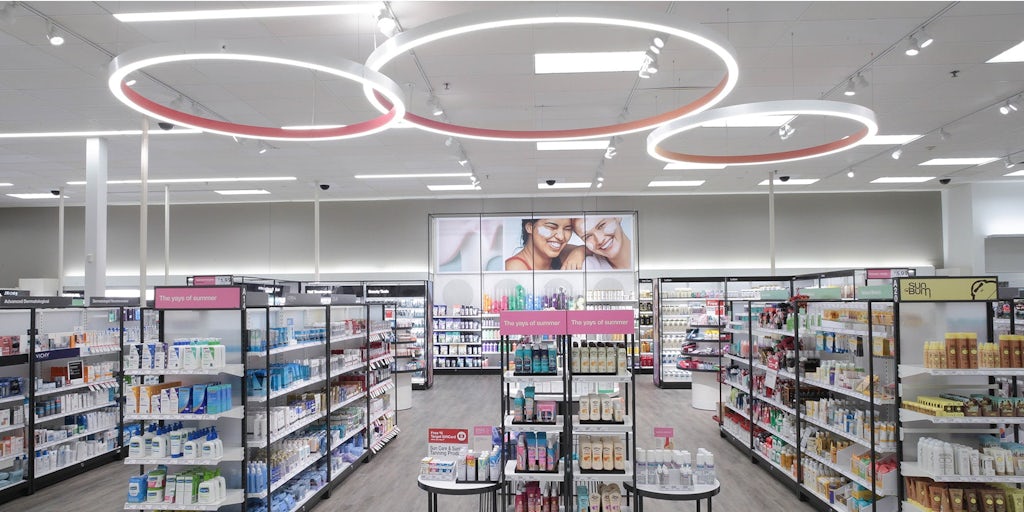Beauty’s Strategic Buyers Expected to Return to M&A – WWD
Strategic buyers in beauty may have tightened the purse strings — but they are here to stay.
Earlier this year, following a series of write-downs from prior acquisitions and the onset of the coronavirus pandemic, beauty industry observers had concerns over the future of M&A, especially where strategic buyers were concerned. As one source put it, “most boards will not let cash leave a company right now.”
Fast-forward a few months, and sources are telling a different tale — one of strategic buyers facing sales declines because of brick-and-mortar exposure during the COVID-19 era, and open to letting cash leave their companies for digitally adept assets that could be immediately accretive to the top and bottom lines. A handful of strategics, including Unilever, Shiseido and Henkel, have also publicly talked about divestitures.
“They’re going to have to go and buy businesses that are digital, that are growing and that have global potential. It was probably hard to do this year,” said Ilya Seglin, managing director at Threadstone LP. “Next year, I think it’s going to be a necessity.”
“COVID-19 has really shined a light on new trends and in many ways accelerated the change that was already happening in the industry. Digital has actually become more urgent, because so many companies have brands that are brick and mortar focused,” said Vennette Ho, managing director at Financo. “The fastest way of doing that and the most effective way of doing that is M&A.”
Big buyers in beauty are going to be looking for what they don’t currently have — growth, and in some cases, solid e-commerce operations. Those were both driving factors behind one of the biggest deals of 2020, Puig’s 1.2 billion pound majority acquisition of Charlotte Tilbury. That brand had not only had growth and a great e-commerce operation, but also increasing exposure to the skin-care category, which has done well this year even as categories like makeup, have faltered.
Fabrizio Freda, president and chief executive officer of the Estée Lauder Cos. Inc., even quipped on an earnings call that the lipstick index — the concept coined by Lauder chairman emeritus Leonard A. Lauder that when hard times hit consumers gravitate toward accessible luxuries like lipstick — is now the “moisturizer index.”
As a firm, Lauder is once again open to acquisitions, according to Tracey Travis, executive vice president and chief financial officer, who spoke after the company’s most recent earnings call. She said that at the start of the pandemic, the company’s “focus was on cash and managing cash,” but now that that balance sheet is strong, the company would be open to M&A.
“To the extent there was an asset or a brand or a capability out there we felt could add accretively to the company, we’d certainly pursue it. There’s nothing right now that’s imminent in the next few months, but certainly that’s something we’re always looking at in terms of what are brands or categories that can be accretive to the company’s profitable growth,” Travis said.
Financial sources in the industry noted that while strategic buyers are open to looking, they are pickier these days about what they consider buying than they have been in the past, especially given the major write downs many of them have had to take on some of the biggest acquisitions — L’Oréal took an impairment charge on Clarisonic in 2016 before shuttering it completely in 2020, Lauder took an impairment charge on Too Faced, Becca and Smashbox earlier this year, and Coty took a major write down on Cover Girl and Clairol after the multibillion-dollar acquisition of the P&G specialty beauty portfolio in 2016.
“The hurdle is getting higher and higher” when it comes to strategic beauty buyers inking deals, said Michael Toure, founder and ceo of Toure Capital.
The trend of strategics moving downstream to look at and consider buying or investing in smaller and smaller beauty assets — often before private equity firms or other investors get involved — is expected to continue going forward.
“I can’t think of one strategic today that is not looking at something they would not have looked at four or five years ago,” Toure said. “Why would they wait for the company to have gone into the hands of one or two private equity firms for a minority or majority deal before investing themselves? That’s why you see more and more strategics going into venture land, going into incubators, doing minority deals, acquiring companies on the smaller end of the spectrum,” Toure added.
Some of those smaller deals have had big benefits. Lauder took a minority stake in the parent company of Dr. Jart+ in 2015 before buying it outright in 2019, and now, the brand is a key driver of growth, adding 3 percent to sales growth in the most recent quarter.
That’s the type of deal buyers should be considering, experts said. “Most strategics tend to be reactionary versus visionary with acquisitions. They will need something that’s growing 30 percent today, that has the potential to grow 30 percent because the core business is just going to suck,” said one industry source, talking about hits sustained to brick-and-mortar sales during COVID-19.
On the other side of the equation, though, beauty’s behemoths are also considering divesting more actively than they had in the past in order to focus on business segments that drive growth.
“Everything that’s not a focus for them, they will just sell,” predicted Toure. “Now more than before, because the differences in what’s performing and not performing are starting to exacerbate with COVID-19. So they’ll become a drag on your growth and your financials.”
For more from WWD.com, see:


